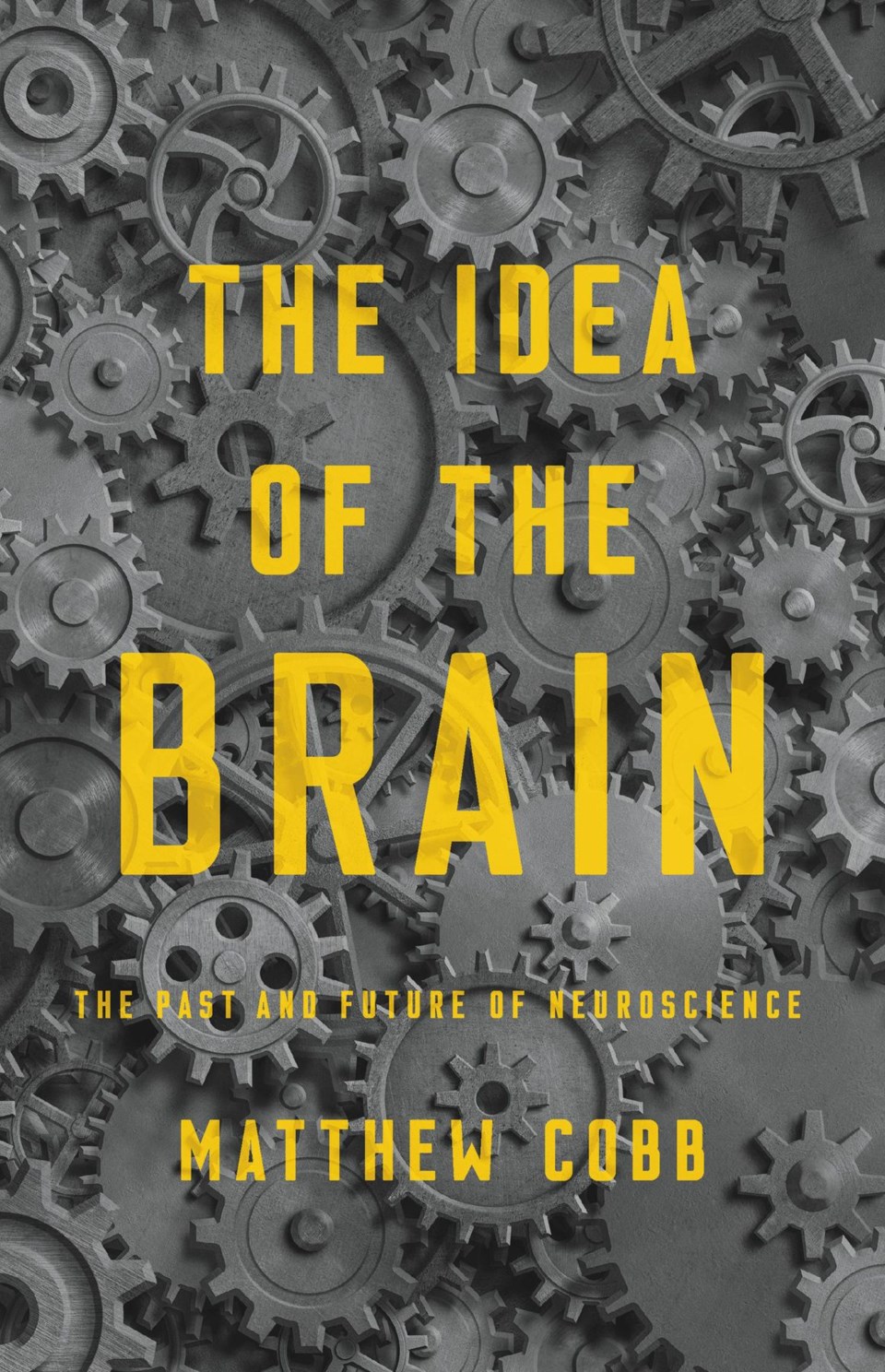The Idea of the Brain - The Past and Future of Neuroscience
Matthew Cobb, Basic Books, 470 pages
Cobb is a renowned researcher at Manchester University’s School for Biological Sciences, where he investigates nerve cells involved in worms’ sense of smell.
Good heavens, researching the sense of smell in worms, I hear you say, and on the face of it this seems a reasonable response.
However, given the complexity of nervous systems in general – and this includes even less intricate systems such as those of worms or fruit flies – this type of research is completely in step with present efforts to expand our rapidly growing but still meagre knowledge of the human brain, which is probably the most complex system in the known universe. After all, we still don’t even nearly know how the human brain makes us aware of our perceptions (how do we experience red as “red” for example), so it makes sense to investigate simpler systems in yet another attempt to lay a foundation on which to build an understanding.
I use the words “yet another” because there have been several such attempts in the history of neuroscience, and each has produced new insights. As time passes there will no doubt be more. We wait with bated breath…
Unfortunately, the incredible complexity of the human brain – of all nervous systems in fact, but more so in the case of humans – does not make this task easier.
Even a locust is more complex than a star. The earth is about 150 million km from the sun; every human contains about 1.3 kg fatty tissue inside our skulls, but we still know less about those two handfuls of tissue than of a star 150 million km above our heads.
The first part of the book is “Past”, and it begins with the views of Nicolaus Steno (1638 – 1686) who saw the brain as a machine which can be understood by taking it apart. This is followed by discussions of various paradigms which dominated research through the ages: the heart, forces, electricity, neurons and so forth, as well as useful explanations of the contributions made by each of these paradigms.
Part Two, “Present” is devoted to memory, circuits, computers, chemistry, localization, and is followed by one of the most meaningful sections in the book: consciousness – that ever elusive, mysterious phenomenon which still makes neuro-scientists scratch their heads.
The book contains concise but clear descriptions of, among others, Sperry’s writings on split brains and Penfield’s experimental surgery on awake patients. Scattered throughout are interesting snippets of information about just what else is to be found in our brains and what is going on in there – or what we think is going on…
The humorous history of the dispute about the “mother cell,” and the apparently logical result, namely the “grandmother cell” and the cell involved in the recognition of Jennifer Aniston certainly made me smile.
There is brief mention of Jonathan Weiner’s truly wonderful little book, “Time, Love, Memory” about Seymour Benzer’s groundbreaking work. This book is still available and is highly recommended for anyone interested in this subject.
The part about synapses and neurotransmitters, of which I like to think, rightly or wrongly, that I have some knowledge, is well presented but perhaps just a little bit too concise – I would have liked to see an explanation of the importance of these phenomena for medicine.
The brain is at the moment far too complex for us to comprehend and I’m not sure that we ever will reach that point. Perhaps the following quote will help explain my pessimism – and bear in mind that this is about a mouse brain: “The little block of brain they were studying was slightly less than one tenth of a millimetre on each side. There were just 89 neurons that had their cell bodies in this space, making up less than 3% of the total ‘wiring’ they observed. But crammed in alongside these cells there were 2.7 m of neuronal ‘wires’ from other cells that had their cell bodies outside the studied volume – in total this tiny part of the mouse brain had 6979 pre-synaptic and 3719 postsynaptic sites, each with at least 10 synapses, making a total 153 171 synapses. Remember that there are perhaps 70 million neurons in the whole of the mouse brain.”
I do have one small criticism however: the illustration preceding page one of the introduction shows two illustrations of a partially dissected human brain, with two lines from the word “amygdala” to the insides of this organ. One line ends in the left amygdala, as it should, but the other one, which should indicate the right amygdala, actually ends in the corpus callosum.
Cobb was slightly embarrassed when I sent him an email about this, but hey, we all make mistakes and this does not at all detract from the value of this book.
No more than high school biology is needed to understand the contents and I think that this is one of the best works on this subject that I have read.
The views and opinions expressed in this article are those of the author, and do not necessarily reflect the position of this publication.




